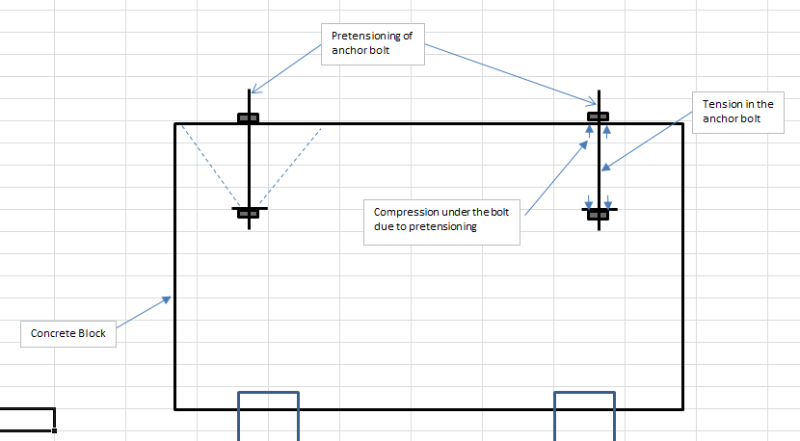allimuthug
Civil/Environmental
- Oct 5, 2014
- 142
Hi Everybody
The Picture attached shows a post installed anchor bolt being pretension-ed.
Case a - Concrete breakout takes place under the anchor bolt due to pretensioning.
Case b - Concrete breakout doesnt occur since the nuts are in compression and the bolt is in tension.
Can you please explain me which is the best possible case as I am confused.

The Picture attached shows a post installed anchor bolt being pretension-ed.
Case a - Concrete breakout takes place under the anchor bolt due to pretensioning.
Case b - Concrete breakout doesnt occur since the nuts are in compression and the bolt is in tension.
Can you please explain me which is the best possible case as I am confused.


